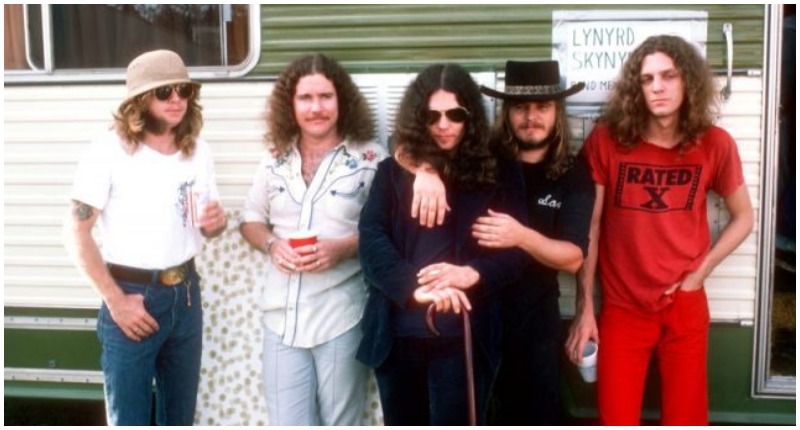Lynyrd Skynyrd, one of the greatest Southern rock bands of all time, recently announced that it’s extending its farewell tour, with shows in 25 additional cities between late April and late September.
The Last of the Street Survivors Farewell Tour started in the spring of 2018 and went on through the rest of the year, even before adding on this final leg, according to Taste of Country.
One of the band’s members, Gary Rossington, remarked in a 2018 interview with Dan Rather that finishing a farewell tour is hard for the band, because they’ve played everywhere.
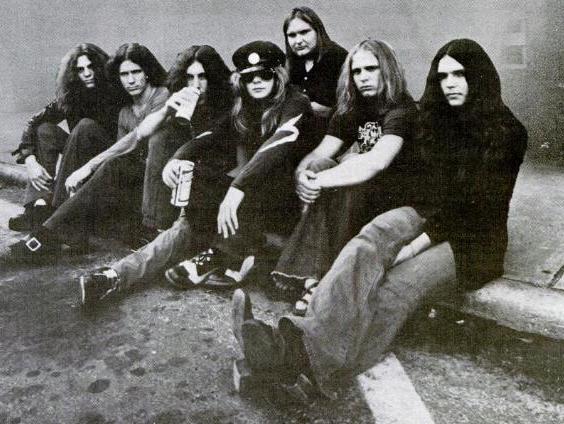
That’s pretty accurate, too. The band was founded in 1964, and, over the decades, it’s been responsible for hits like Sweet Home Alabama, Free Bird, Simple Man, the iconic Free Bird, and many more, amassing an enormous fan base. The band had one gold, one platinum, and three double-platinum albums between 1964 and 1977.
It hasn’t all been sunshine and roses for the group, however. In fact, the Lynyrd Skynyrd that’s currently taking its victory lap isn’t even really the same band that created all those remarkable early albums.
The group was hit with a devastating blow when they were at the peak of their fame in 1977, when three of the members were killed in a plane crash, including then-front man, Ronnie Van Zant. That year, they released their fifth album, Street Survivors, and it had gone gold just days before the crash that brought an abrupt halt to their trajectory.

Rolling Stone reported that band members were apprehensive about boarding the plane that was supposed to take them from Greenville, South Carolina, to Baton Rouge, Louisiana on October 20, 1977.
It was a 30-year-old Convair 240 and, obviously, not in the best condition. Two days prior, when they had been on the way to Greenville from a show in Florida, they had seen ten-foot flames shooting out of the right engine. Drummer Artimus Pyle likened it to something that would belong to the Clampett family.
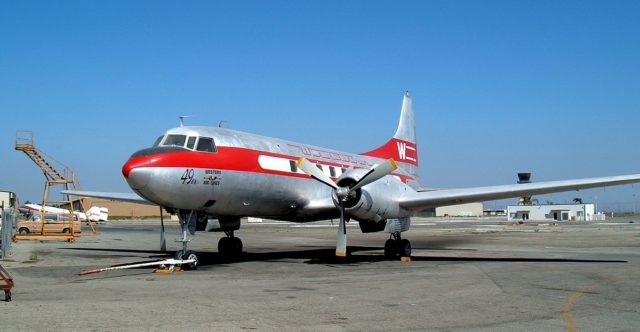
The plane landed safely in Greenville, but the band felt that it was in serious need of a replacement for the rest of the tour. They decided to replace the Convair with a Learjet after they got to Baton Rouge, but most of the group and its entourage still felt like that last flight in the old plane would be one too many. The band’s frontman, Van Zant, was unperturbed, however, remarking that when it’s your time, it’s your time. His words proved to be prophetic.
Three hours later, the tired old plane fell from the sky over Gillsburg, Mississippi, claiming the lives of six of the people on board, including Van Zant, guitarist Steve Gaines, and backup singer Cassie Gaines. The twenty passengers who survived the crash received a number of extensive injuries, many requiring hospitalization and significant rehabilitation afterward.
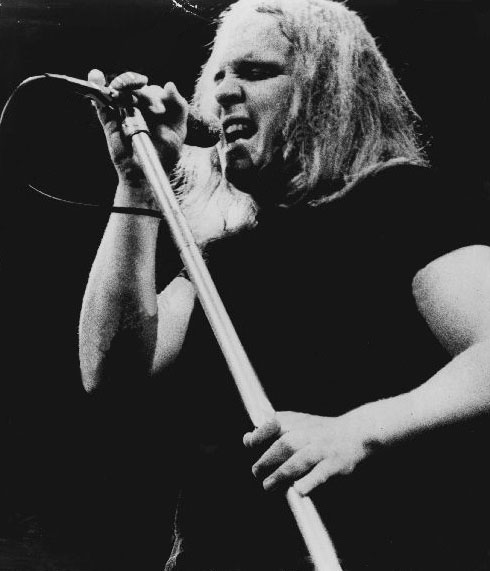
A lot of the people surrounding the band believe that Van Zant had a premonition of his own end, especially since he had been heard to say more than once that he wouldn’t live to see 30, and that he’d die on the road. Van Zant’s widow was reported as saying that when she heard there had been a crash, she knew that Van Zant didn’t make it. Even Van Zant’s father had previously credited him with having second sight.
A few months before the crash, Van Zant had written the song “That Smell”. It was meant as a warning after another member of the band had a severe car accident, but Van Zant said that he’d been having a creepy feeling that things were going against the band. It ended up being one of the last songs he wrote.
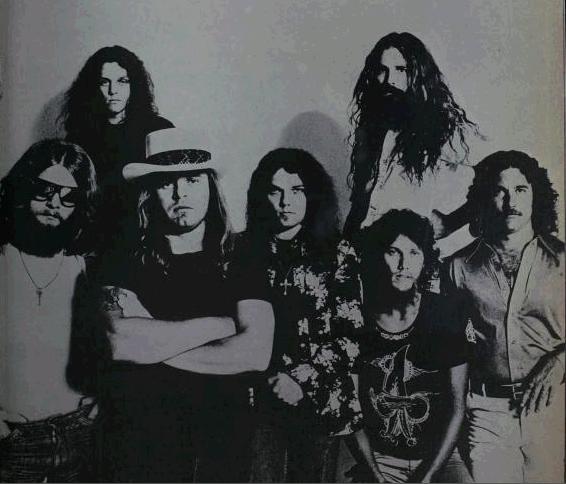
The plane was undeniably a rattletrap, but Lynyrd Skynyrd had a track record of carrying on and behaving badly on flights, which meant that most private airlines wouldn’t work with them, leaving the band’s manager to do the best he could to find a plane, which was how they ended up with the geriatric Convair.
Reportedly, Aerosmith had chartered the same plane earlier in the year, but their Chief of Flight Operations backed them out of it, having serious concerns over its airworthiness.

According to Ranker, the first sign of trouble happened about two and a half hours into the flight, when fuel was seen spraying out of the right engine. The right engine quickly stopped working, making the plane jerk and stutter.
The pilots had been aware of the fuel issue, and some have speculated that they were trying to transfer fuel from one engine to the other, accidentally jettisoning the remaining fuel, which caused the left engine to stop, as well.
The pilots asked Houston air traffic control for the nearest airport, so they could make an emergency landing, but were told that they had passed the nearest one, and would have to turn the plane around. They were attempting the turn when the left engine stopped.
The pilots couldn’t make it to the airport and were forced to try to bring the plane down in the swampland around Gillsburg. The plane hit the ground hard and came apart. The tail section broke off, followed by the cockpit and both wings. A few of the passengers were still able to move around after the crash, and one of them was Artimus Pyle.
Pyle went looking for help and made his way to a nearby farm, which ultimately led to emergency responders heading toward the site.
In 1978, the National Travel Safety Bureau ruled the probable cause of the accident was fuel exhaustion combined with a lack of attention from the crew, which made the engines stop, but the cause was never absolutely confirmed.
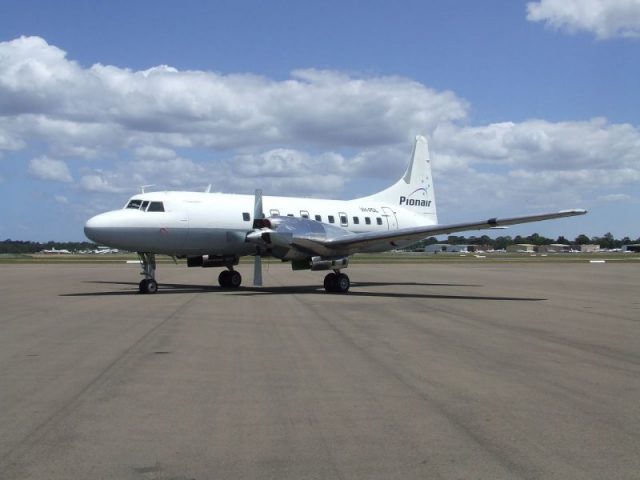
The plane didn’t have a black box, and the wreckage was too thorough to provide any real information about what actually happened. The NTSB also noted that the right engine was probably burning in “auto rich mode”, which would have made it go through fuel faster than the engine on the left.
As a result of the crash, the band ultimately had to have a new album cover designed for Street Survivors, since the existing cover showed the band surrounded by flames. The record label pulled the unfortunate cover almost immediately, replacing it with a plain black cover.
Watch 5 notorious facts about the infamous Hells Angels:
https://youtu.be/YxhDSJC02tc
The album went double platinum and reached number five on the Billboard charts, largely because of Van Zant’s disturbing and weirdly prescient song That Smell.
One of the song’s lyrics said “the smell of death surrounds you”. Even though the song had been written about the previously mentioned car accident, it was still eerily apropos in light of the plane crash.
Read another story from us: Researchers Discover Wreck that Could Finally be Amelia Earhart Plane
In light of the crash and, especially, the deaths of Ronnie Van Zant and Steven Gaines, the group disbanded. In 1987, however, the surviving group members reformed Lynyrd Skynyrd, with Ronnie Van Zant’s brother, Johnny, stepping into the role his brother used to occupy, and they began performing again. While it’s unquestionably sad that they’re now on their farewell tour, the band has had an amazing run, despite the tragedy, and they have shown themselves to be “Street Survivors”.
